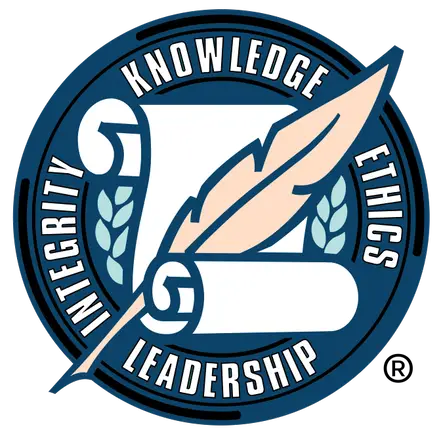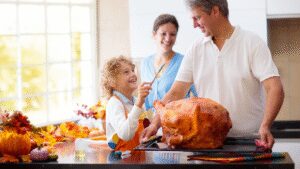STEM in the Kitchen: Thanksgiving Science Experiments Your Kids Will Love
When Cooking Becomes a Classroom
At Delphi Academy of Boston, we believe in keeping learning real and hands-on. That’s why Thanksgiving is the perfect opportunity to turn your kitchen into a science lab! Instead of sending kids away while you cook, invite them in for some amazing Thanksgiving STEM activities that make learning delicious.
From turkey temperatures to cranberry chemistry, these simple experiments transform holiday meal prep into educational fun.
Turkey Thermometer Temperature Science
The Experiment
Ever wonder why we need to cook turkey to exactly 165°F? This is where science meets safety! Therefore, this activity teaches kids about food safety, temperature measurement, and the science of cooking.
What You’ll Need:
- Meat thermometer
- Turkey (or chicken if practicing beforehand)
- Paper and pencil for tracking
The Learning: Have your child check the turkey temperature every 30 minutes and record the numbers. Then, graph the temperature changes together. Watch them discover that temperature doesn’t rise evenly—it speeds up, then slows down as it gets closer to done!
Age Adaptations:
- PreK-K: Simply read the thermometer together and talk about hot vs. cold
- Grades 1-3: Create a simple chart tracking temperatures
- Grades 4-6: Graph the data and predict when the turkey will be done
- Grades 7-8: Calculate rate of temperature change and explore heat transfer concepts
The “Aha!” Moment:
Kids love seeing that cooking isn’t guesswork—it’s science! Plus, they’ll understand why we can’t just “eyeball it” when it comes to food safety.
Cranberry Sauce Chemistry
The Experiment
Why do cranberries pop when you cook them? How does sugar change the sauce? These questions lead to fantastic Thanksgiving STEM activities that explore chemistry right on your stovetop.
What You’ll Need:
- Fresh cranberries
- Sugar
- Water
- Clear pot (so kids can watch)
- Spoon for stirring
The Learning: As cranberries heat up, their skins break and release pectin—a natural thickener. Meanwhile, sugar doesn’t just add sweetness; it actually changes the sauce’s texture and preserves qualities. Have kids observe and describe what happens at each stage.
Age Adaptations:
- PreK-K: Watch cranberries pop and count how many burst
- Grades 1-3: Compare sauce with different sugar amounts
- Grades 4-6: Measure and record texture changes, test predictions
- Grades 7-8: Research pectin’s molecular structure and preservation science
Bonus Learning:
Discuss why people used to preserve fruit with sugar before refrigerators existed. History meets chemistry!
Pie Crust Geometry & Engineering
The Experiment
Making pie crust isn’t just baking—it’s engineering! Additionally, it involves geometry, fractions, and structural design. Who knew math could be so tasty?
What You’ll Need:
- Pie dough (store-bought works fine!)
- Rolling pin
- Pie pan
- Ruler or measuring tape
- Paper and pencil
The Learning: Challenge your child to figure out how big the circle needs to be to fit in the pan. They’ll need to measure the diameter of the pan, its depth, and calculate how much extra dough is needed to go up the sides and over the edges.
Age Adaptations:
- PreK-K: Use shape cutters to explore circles, triangles, and squares in dough
- Grades 1-3: Measure the pan and practice fractions when cutting dough
- Grades 4-6: Calculate circumference and area, predict dough size needed
- Grades 7-8: Explore ratios in recipes, calculate ingredient adjustments
Engineering Extension:
Try different crust crimping patterns. Which design is strongest? Which is prettiest? This combines art, engineering, and function!
More Quick Kitchen STEM Ideas
Mashed Potato Physics
Explore density by seeing which vegetables sink or float in water before mashing. Furthermore, discuss why butter makes potatoes creamier (fat molecules!).
Gravy Viscosity
Compare how different liquids pour—water, broth, thin gravy, thick gravy. Introduce the concept of viscosity in a way kids can see and feel.
Bread Rising Biology
If you’re making rolls, let kids watch yeast “wake up” in warm water. Explain that yeast are tiny living things eating sugar and creating bubbles. It’s biology in a bowl!
Vegetable Color Chemistry
Notice how green beans change color when cooked? That’s chlorophyll breaking down! Discuss why some vegetables change colors while others stay the same.
Which kitchen experiment will you try first? Share your discoveries with us!

